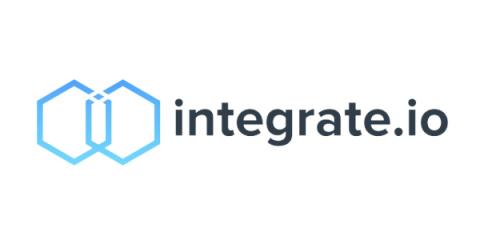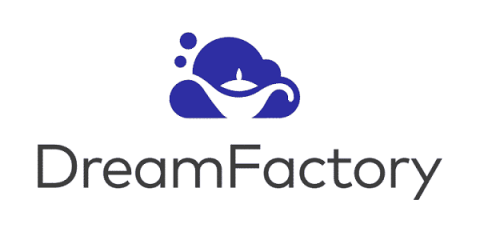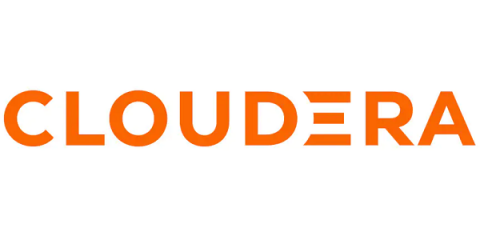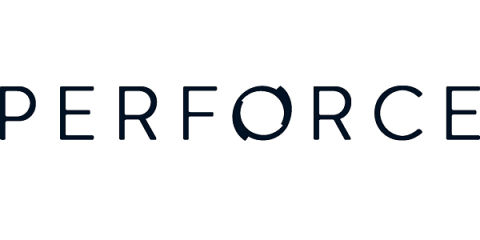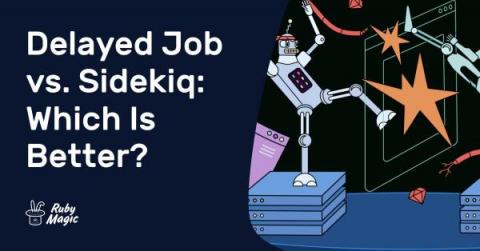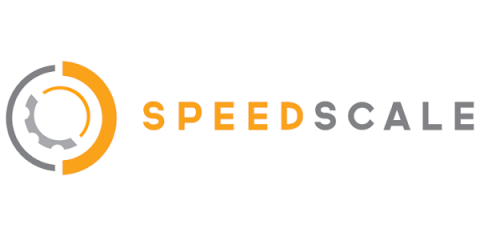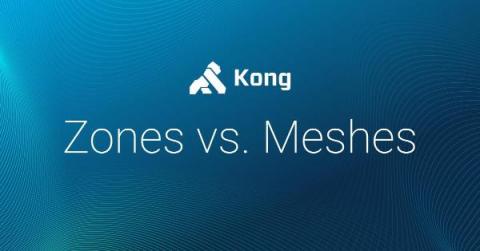Systems | Development | Analytics | API | Testing
Latest Posts
Is Data Mesh or API Management Right For You?
6 steps towards healthier data
The value of healthy data is obvious. But how do you build that practice in your own business? The difference between people who live a healthy lifestyle and those who don’t isn’t whether they know how to be healthier — it’s whether or not they prioritize diet, sleep, and exercise in their daily life. The same is true for your data: if you don’t have the infrastructure that supports your customer 360 initiatives , those initiatives become moot.
Of Muffins and Machine Learning Models
While it is a little dated, one amusing example that has been the source of countless internet memes is the famous, “is this a chihuahua or a muffin?” classification problem. Figure 01: Is this a chihuahua or a muffin? In this example, the Machine Learning (ML) model struggles to differentiate between a chihuahua and a muffin.
A Comparison of the Best Automated Testing Tools for Beginners
Automating your software tests can speed up testing and provide more reliable test results. For most software teams, automation is necessary to achieve adequate test coverage. If you’re just getting started with automated software testing, you may be overwhelmed by all the options and have a hard time figuring out which tools are right for your team.
Getting detailed Unity unit test reports with Codemagic!
TL;DR: Unity does give you the test reports but not in a format that is readable by CI/CD. We write a C# script that transforms the NUnit XML format to JUnit XML that Codemagic can read and use to present you with a report on how your tests went. A few weeks ago, I wrote an article about unit testing Unity projects in which I discussed why testing is so valuable for game devs and showed how to re-create a basic Pong game with some unit tests.
OpenLogic by Perforce and the Open Source Initiative Announce Results of Open Source Survey
Delayed Job vs. Sidekiq: Which Is Better?
Most applications need background jobs for mailers, regular clean-ups, or any other time-consuming operation that doesn't require a user to be present. Several gems support job queues and background processing in the Rails world — Delayed Job and Sidekiq being the two most popular ones. In this post, we will take a detailed look at Delayed Job and Sidekiq, including how they fare against each other. Let's go!
Getting Started with Skaffold for Kubernetes Deployments
Kubernetes has experienced rapid growth over the years, with a recent post from the Cloud Native Computing Foundation reporting a userbase increase of about 67% in just the past year. Kubernetes is a container orchestration platform that automates how containers are deployed, how they communicate, and how traffic is routed between them; it also scales configurations for both the containerized workloads and the underlying infrastructure that comprises the cluster.
How Zones and Meshes Fit Into Your Service Mesh Deployment
Kong Mesh (and Kuma, the open source project upon which Kong Mesh is built) supports multiple zones and meshes. What is the difference between a zone and a mesh, though? And when should one use a zone versus a mesh or vice versa? By the time you’re done reading this blog post, you’ll have a better understanding of the role of zones and meshes and where each of them fit into a Kong Mesh deployment.


